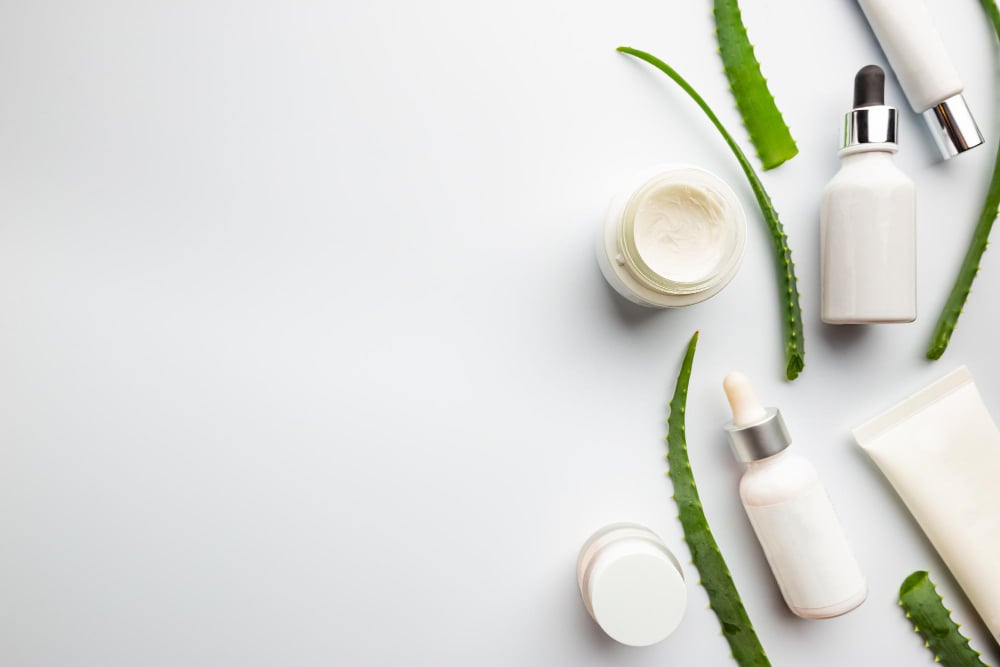
We’re constantly shopping Natural, Organic, and Non-GMO when it comes to what we put in our bodies but what about the things we put on our bodies? Shampoos, makeup, moisturizer, nail polish; We’re often just covering ourselves in these without giving the ingredients much thought if any.
Are Toxic Cosmetics Something to Really Be Concerned About?
Put simply, yes. Recently, the independent laboratory, Valisure, analyzed a range of dry shampoo products. Among them, 70% contained benzene, with 11 samples exceeding the FDA allowable limit by 10 times leading to a recall. Benzene is so toxic though that it is dangerous in any amount.
If benzene, a banned substance, is in so many products, it may be time to rethink our personal care products and look for cleaner alternatives.
Top Tips for Avoiding Toxic Cosmetics
1. Use Online Tools to Make Better Buying Choices
Here are a few apps and buying guides to make the process a little easier.
Clearya is a Chrome extension and mobile app for android and ios. As you shop for personal care products on Amazon, Wal-Mart, Sephora, Target or iHerb’s websites, Clearya will alert you about ingredients of concern and help you find safer alternatives.
EWG’s Healthy Living App has been featured in the likes of TIME, Bloomberg, and Goop. It allows you to scan bar codes and read ratings for more than 120,000 food and personal care products at the time of this writing.
ThinkDirty is an app that also lets you scan the bar code of a product in question to identify and learn more about questionable ingredients. Their website also offers a monthly subscription box of clean beauty products from brands they’ve verified.
Also, check out these buying guides from The Good Face Project
2. Think Simple
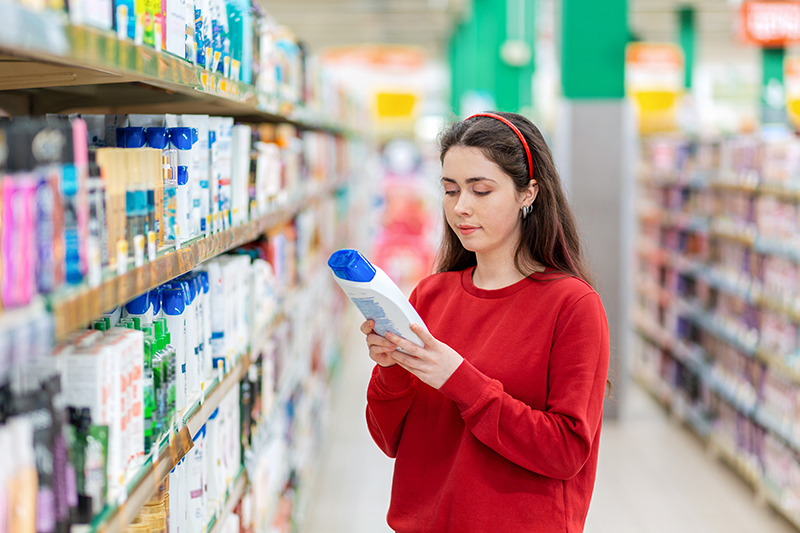
Look for products with shorter, more simple ingredient lists. A good sign is that ingredient names are easy to read. Avoid labels with catchall terms like “fragrance” or “parfum” which allow manufacturers to hide ingredients they don’t want to declare.
Remember, many cosmetics were found to have high levels of toxic ingredients that were never supposed to be there at all.
3. Beware of Buzzwords
Many of the terms that are supposed to provide assurance don’t have much substance to back them up. So you’ll want to do some digging and read through the individual ingredients.
Ironically, you can disregard terms like “non-toxic” “simple” or “eco-friendly.” These are unregulated terms that won’t provide much insight into the actual contents of your cosmetics.
If the label says “Organic,” try to find out if the entire product has been certified organic or only some percentage of the ingredients.
4. Also on the Label
Look for official, third-party-regulated symbols rather than manufacturer symbols that are used for marketing purposes.
Third-party certifications that apply to cosmetics include the following:
MADE SAFE
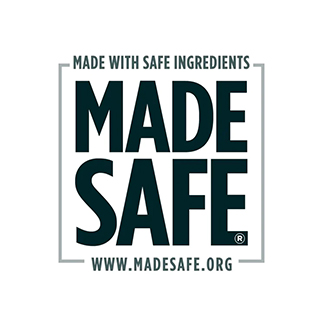
MADE SAFE is a health and ecosystem-focused product certification program. It certifies that products have been screened against a database of toxins and harmful chemicals. They further analyze the ingredients for bioaccumulation, persistence, and aquatic toxicity.
EWG VERIFIED
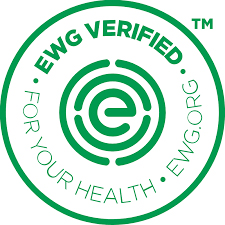
EWG Verified is a stringent certification in which cosmetic products must score a “green” rating of 1 or 2 within the Skin Deep database. To achieve this verification, all ingredients including fragrances must be declared.
NATURAL PRODUCTS ASSOCIATION CERTIFIED
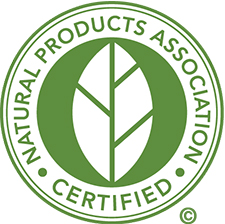
This certification, made specifically for personal care products, requires 95% of ingredients to be of natural origin. Products with this label also cannot contain ingredients with any suspected human health risks. This certification goes further to require no animal testing of products.
5. Consider Making Your Own Personal Care Products
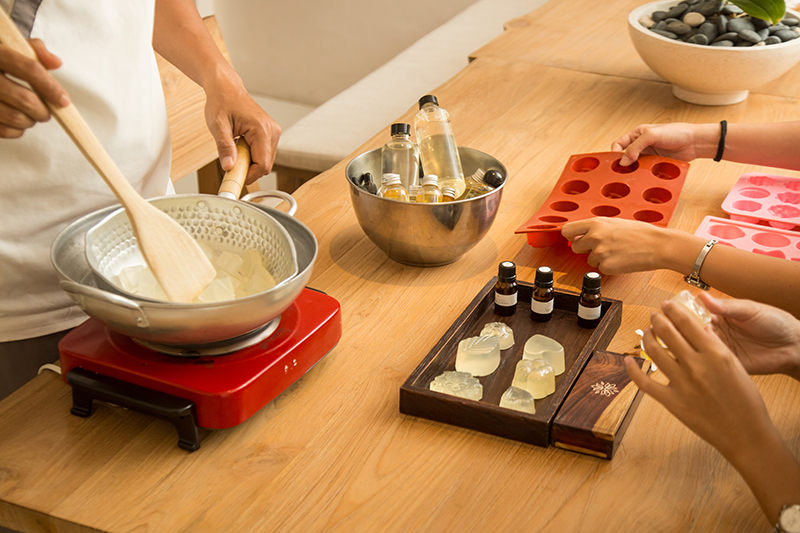
Some personal care products are easy to make yourself with just a few ingredients. Many cultures have made their own for generations. Even though it’s a bit more work, it doesn’t have to be boring and tedious. Just like with canning, jarring and pickling, you can make it into a social event.
Learn how to make your own personal care products from Wellness Mama.
Ingredients to Avoid
Parabens
Parabens are preservatives used in some cosmetics because they prevent the growth of bacteria and fungi and lengthen a product’s shelf life.
What makes them risky is that they can be absorbed through the skin and disrupt hormones. Further, parabens have been found in nearly all urine samples in studies of US adults. This has downstream environmental impacts because parabens have been detected in surface waters and only a small amount can harm coral and other marine life. Luckily, product makers are coming out with more paraben-free alternatives.
Phthalates
Phthalates are another type of preservative used in cosmetics that also have “plasticizing properties” such as making some nail polish less brittle.
What makes these chemicals particularly concerning is that they’re often not explicitly named on the ingredients list. Instead, they’re covered by the catchall term “fragrances.” Phthalates can possibly cause damage to the liver, kidneys, lungs, and reproductive system.
Triclosan
Triclosan is an antimicrobial agent added to soaps and sanitizers. Its use in these products was banned in 2017 but it can still be found in products like toothpaste, or body wash. In animal studies, the chemical was found to be a hormone disruptor although further studies are needed to know how this would affect humans. Of further concern is how easily triclosan is absorbed into the body. In one study, 60% of human breast milk samples contained the chemical showing how easily absorbed and persistent it is. More information from the FDA on triclosan.
This short list represents some chemicals of concern found in many mainstream products. But there are many other chemicals of concern where the data isn't as conclusive yet. For those, take a look at The Campaign for Safe Cosmetics’ List of Chemicals of Concern.
Bottom Line
What you put on your body is just as important as what you put in it. The products we choose don’t just matter to us but to the environment because of bioaccumulation and persistence. Fortunately, there are many resources to help you buy better products or even make your own.
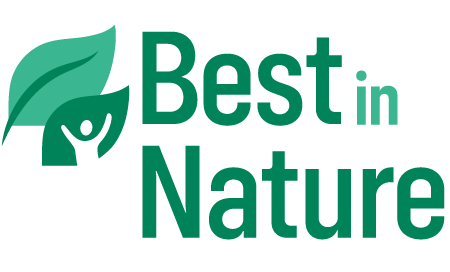



Validate your login
Sign In
Create New Account